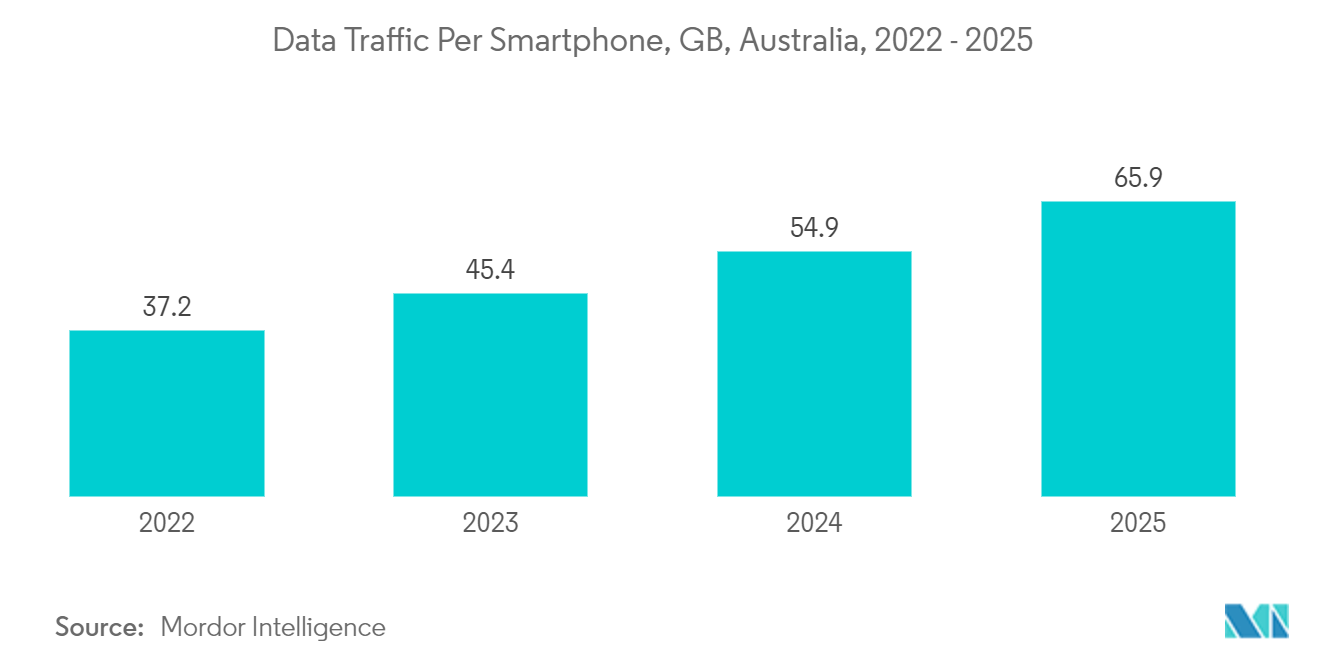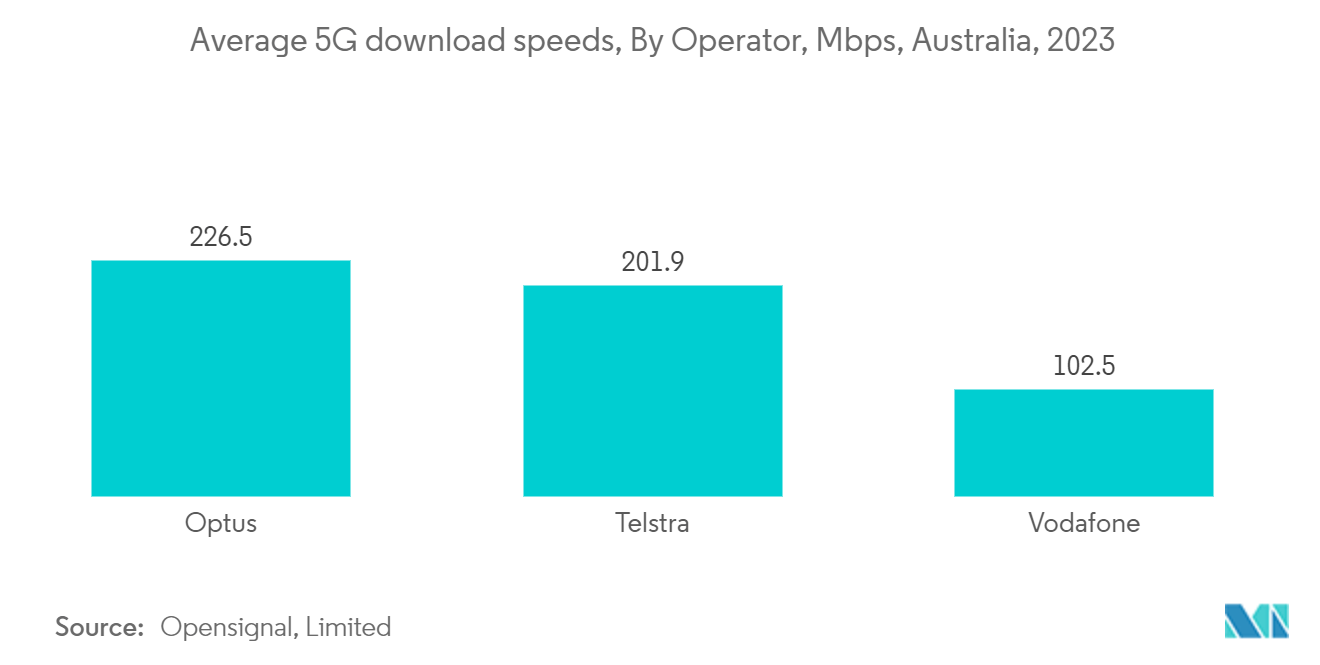Market Trends of Australia Data Center Cooling Industry
Liquid-based Cooling is the Fastest Growing Segment in the Market
- Technological advances have made liquid cooling easier to maintain, more scalable, and affordable, reducing data center liquid consumption by more than 15% in tropical climates and 80% in greener areas. The energy used for liquid cooling can be recycled to heat buildings and water, and advanced artificial refrigerants can effectively reduce the carbon footprint of air conditioners.
- In March 2023, GreenSquareDC's WA1 hyperscale data center in Perth, Western Australia, was projected to be Australia's only AI-ready data center capable of meeting the anticipated rapid deployment of LLM (large language model)-based AI, making it the only economical and sustainable option. Designed to be AI-enabled and highly sustainable, GreenSquareDC's 96MW WA1 data center provides "ultimate flexibility" for customers to operate in air-cooled, chip-direct, or immersion-cooled environments.
- Liquid cooling takes advantage of the superior heat transfer properties of water or other liquids to support efficient and cost-effective cooling of high-density racks, up to 3000 times more effective than air. Long proven in mainframe and gaming applications, liquid cooling is increasingly being used to protect rack servers in data centers across the region.
- Furthermore, Australia is the eleventh largest market for e-commerce, with a revenue of USD 31.3 billion in 2021, placing it ahead of Russia and after Canada. With the expansion of e-commerce facilities and the increasing prevalence of digital payments, the market is expected to flourish. In May 2021, Melbourne-based Little Birdie, an e-commerce startup, received an investment of AUD 30 million (USD 21.9 million) from the Commonwealth Bank of Australia in prelaunch funding to integrate its shopping content, including exclusive offers, into its consumer banking app, which reached 11 million retail customers across Australia.

IT and Telecommunication is the Largest Segment in the Market
- The increasing adoption of advanced technologies such as artificial intelligence, cloud computing, big data, and the Internet of Things primarily drives ICT spending in Australian data analytics. These factors aid in the widespread use of AI, automation, and big data in various consumer industries, which is likely to significantly impact the Australian ICT industry during the forecast period.
- In Australia, government initiatives, such as the Australia Government Information Management Office (AGIMO), are leading the way in optimizing data center resources with the introduction of the Australia Government Data Centre Strategy 2010-2025. The strategy represents a transition from using government-run data centers to third-party, multi-tenant data centers.
- The Australian government's ongoing focus on digital transformations in both the public and private sectors is set to propel the ICT industry. This emphasis is expected to boost the adoption rates of technologies like mobility, cloud computing, data analytics, and digital storage in the years ahead, creating significant growth opportunities.
- In a notable move in March 2022, the Australian government allocated USD 44 million to establish AI and digital capability centers. These centers aim to bridge businesses with AI resources, including equipment, tools, services, and expertise. They are designed to enhance the AI proficiency of Australian companies, facilitate SMEs' access to AI resources, promote wider AI technology adoption, offer training and guidance on AI, and bolster the development and commercialization of AI products for both local and global markets.


